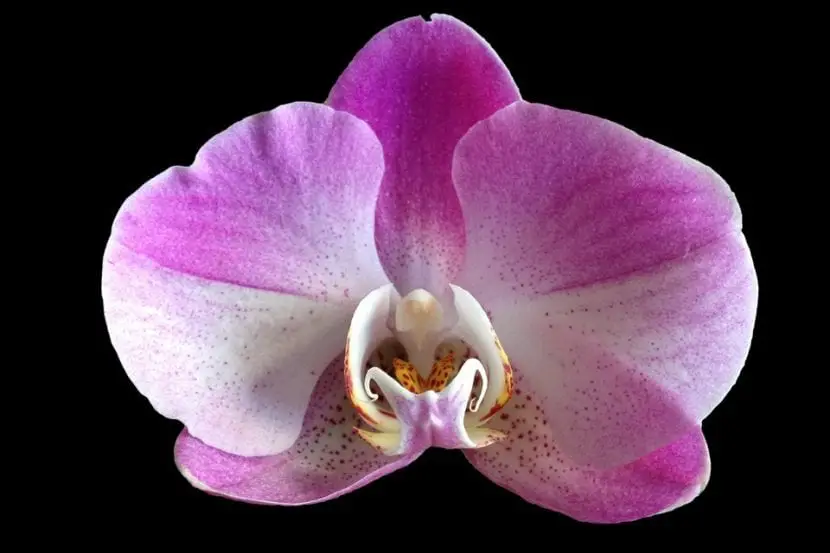
That is probably the million euro question. How to reproduce orchids? The truth is that it is very difficult. It is very, very, very difficult to get a new specimen from the plant that you take so much care at home. But it’s not impossible.
Still, I anticipate that for seeds it is not possible. Orchid seeds need to establish a symbiotic relationship with a specific fungus that is only found in their natural habitats, and in botanists’ laboratories, of course. Therefore, let’s see how to multiply these plants from keikis.
What are keikis?

Image – Gardeningknowhow.com
The keikis they are exact replicas of the mother plant that normally sprout from the flower rod. They can be quickly identified as they have their own aerial roots. But to get them out sometimes you have to “help” them a little. How? Very easy: after flowering, and when you no longer have flowers, The floral rod must be cut above a knot in the middle of it and the thin skin that covers it must be carefully removed. To help her a little more, we will use a flowering stimulating fertilizer for orchids following the instructions specified on the package.
Thus, we will have a greater probability of getting keikis, and therefore, new specimens of our plants.
When can they be separated from the orchid?

When these new plants have aerial roots between 3 and 4 centimeters and at least 3 leaves, we can take sewing scissors, disinfect them with alcohol and cut so that it is totally separated from the mother plant. Then, we will only have to plant it a substrate for orchids and a suitable pot (if it is epiphytic, we will opt for transparent plastic pots, but if it is terrestrial we will use colored plastic).
Did you know how orchids multiply? Dare to do it to have replicas of yours .
